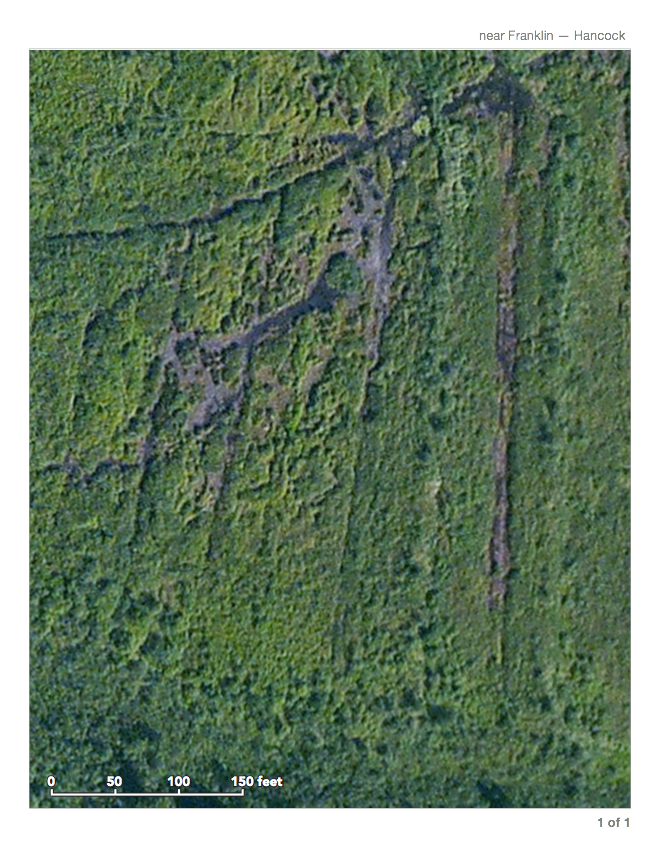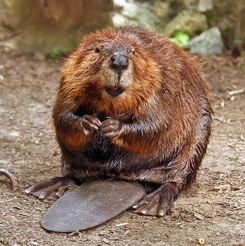


Ditches dug to drain the bogs
Apple Maps

This is a very important site for geoheritage. It is a natural glacial landscape which includes abraded glacial surface covered by moraines and outwash on the Portage Lake Volcanics. Boston Creek flowed across the nearly flat topography from south to north, but it supported wetlands at different places and was changed often by both man and animals. In the 1800s mining activity started in the areas surrounding the Paavola wetlands, especially near Boston. This activity was never very successful and was mostly over by 1910. After 1890 the site was occupied by Finnish farmers for several decades. They modified the landscape, clearing boulders and following Finnish practises (suo ojat) digging swamp ditching to drain the wetlands. Rockpiles and stone walls were remnants of the clearing efforts for agriculture. Potatoes was a major focus of agriculture and the town of Paavola, located to the SW of the wetland, was a community that was naerly all Finnish and agricultural from 1920.
After potato farming stopped, the effects of beaver on the local landscape has been dominant, making a profound non-human influence. The existing landscape has natural human and beaver-induced components. Boston Lake was created as part of mining activities in the mid 1800s. In 1968 the Michigan DNR further engineered damming of Boston Creek to the north of Paavola Wetlands, enhancing Boston Pond, an area envisioned for recreational fishing, positioned along an old railroad grade which is now a public recreational trail for snowmobiles and bikes. Boston Pond is thus a man made lake.

"American Beaver" by Steve from washington, dc, usa - American Beaver. Licensed under Creative Commons Attribution-Share Alike 2.0 via Wikimedia Commons - http://commons.wikimedia.org/wiki/File:American_Beaver.jpg#mediaviewer/File:American_Beaver.jpg
